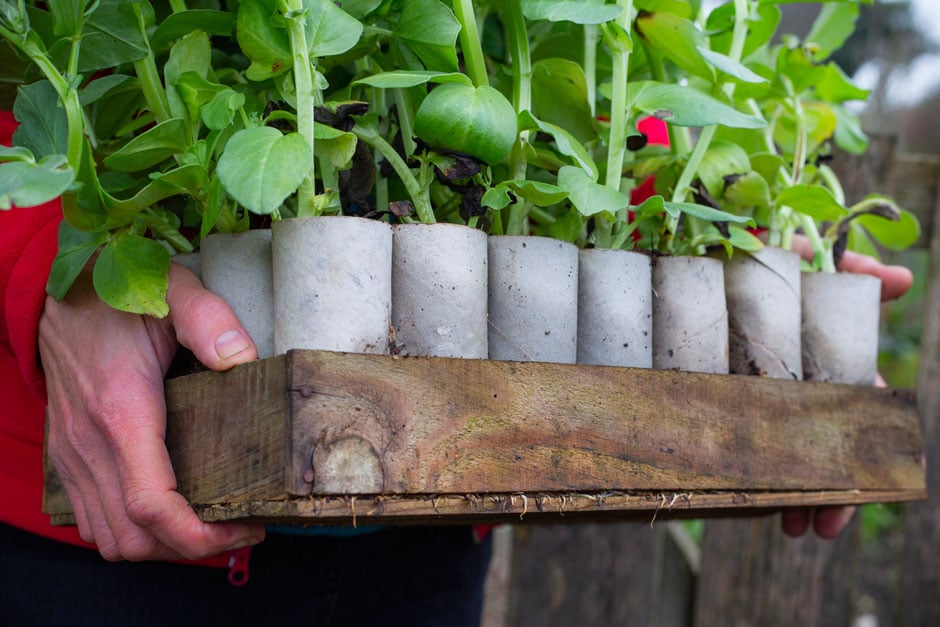Seven steps to a greener garden
So you want a beautiful garden that won't cost the earth? Read our handy guide to things to think about
To help prevent surface water flooding in your neighbourhood, use permeable paving or keep hard paved areas to a minimum useable size, especially if you live in a town or city. This type of flooding is becoming ever more of an issue due to more severe rainfall events and people paving over their gardens. Why not get involved in turning the tide? See our Greening Great Britain campaign pages for lots of inspiration and ideas.
The RHS always recommends using cultural controls (such as weeding by hand) before using pesticides (such as spraying with weedkiller). This applies to both organic and non-organic products. If you do resort to chemicals, the most important thing is to read the labels carefully so you're sure what you're buying: favour products with low environmental impact (often labelled as 'organic') and follow application instructions exactly.
Two great ways to minimise your gardening carbon footprint are to grow from seed as much as you can, and use peat-free compost. This reduces the pollution associated with transporting plants, and avoids damaging peat bogs, which are valuable carbon sinks. Ask suppliers whether their plants are grown in peat-free compost.
When you buy plants, choose British-grown wherever possible. In particular avoid buying large imported trees and shrubs as they carry the risk of bringing in new pests and diseases. If you're buying plants online choose reputable suppliers, especially if they're coming from abroad.
Any other ways you can think of to increase the planted area in your garden, such as making mini green roofs or growing climbers up walls and fences will help wildlife and help make your garden more eco-friendly by maximising your garden's potential habitat space.



